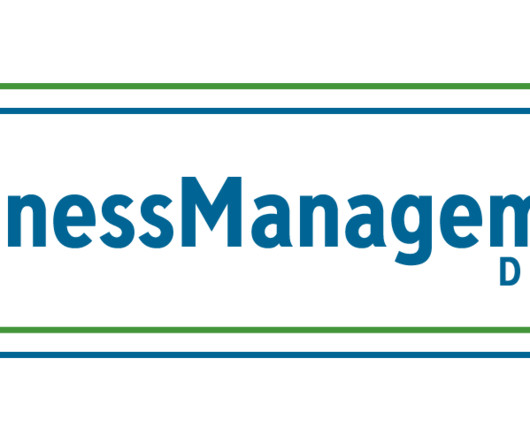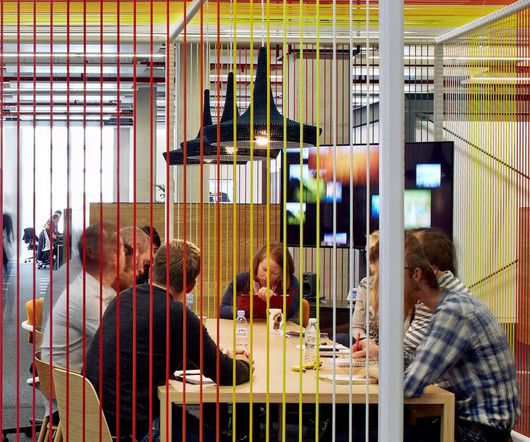Return to office policy guide
BMT Office Administration
FEBRUARY 10, 2025
Crafting a balanced Return to Office policy Many employers, including the federal government, have been pushing to get employees back into the office this year. But is a return-to-office mandate a good idea for your company? This transition could be full-time, or it could mandate a set number of required in-office days.



















Let's personalize your content